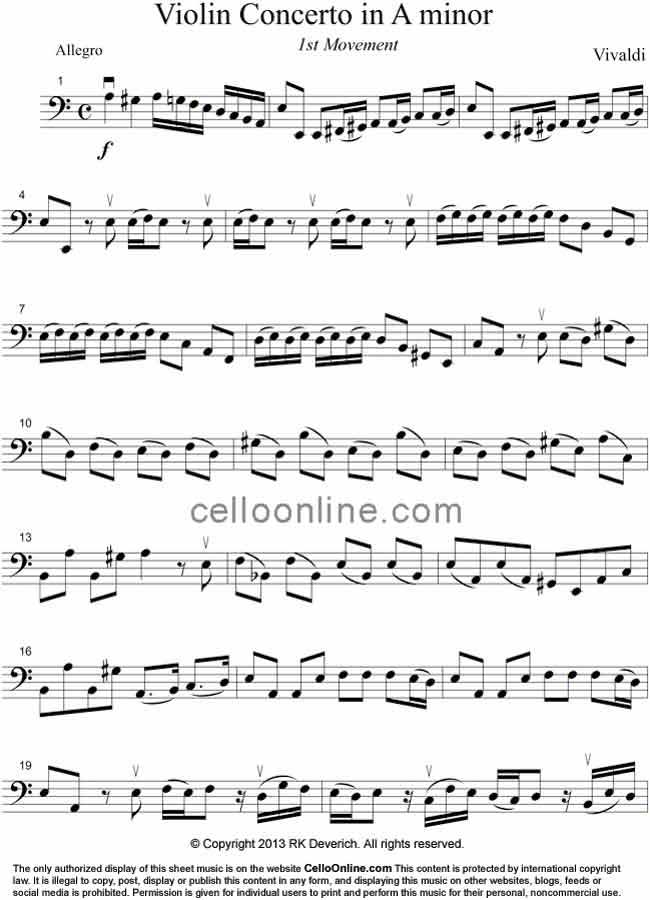
Featuring many a prominent role for wind instruments, Vivaldi’s works pit ritornello (group) textures against virtuosic soloists in order to bring out the timbre of the individual instruments. This charming release explores Vivaldi’s cultivation of the chamber concerto – a form which, leading on from the concerto grosso as well as the composer’s adaptation of Torelli’s solo concerto, comprises a


Bach, who transcribed a number of his concertosįor use as formal models, the Italian has enjoyed a late resurgence and now stands as one of music’s most frequently performed composers. Overcome, the prey is caught and the opening strain of hunting horns closes the piece.In view of Vivaldi’s immense popularity today, it’s astonishing to think that during the 19th century he was practically unknown. The soloist in this movement finds himself, unwittingly, as the prey ruthlessly pursued by the orchestra. Later on even the baying of hounds can be heard. The hunt is the subject of the finale and it opens with the imitation of hunting horns. In D minor, chromatic harmonies create a dreamy and wandering feeling while the entire movement passes by at a soft, gentle dynamic. In the middle movement, the peasants, exhausted from the festivities, fall asleep. Towards the end, the key shifts to the tonic minor and the tempo slows to a Larghetto when too many of the peasants have over-indulged themselves with the wine of Bacchus. In the opening movement, in F major and marked Allegro, the peasants celebrate the bounties of the season with song and dance. The sounds of harvest are depicted in the third concerto, “Autumn,” of The Four Seasons.

Each divides neatly into three sections, correspondingly exactly to the three movements of each concerto. The author of the sonnets is unknown and it is possible that Vivaldi himself may have written them. A unique aspect of The Four Seasons is the sonnets Vivaldi supplied as an aid to the scenes depicted in the works. Composed in 1723 and published two years later in Amsterdam, they are actually part of Vivaldi’s larger opus 8, entitled Il cimento dell'armonia e dell'invenzione (The Contest Between Harmony and Invention), a set of twelve concerti for solo violin, string orchestra and continuo. The four concertos known as The Four Seasons are Antonio Vivaldi’s best-known works.


 0 kommentar(er)
0 kommentar(er)
